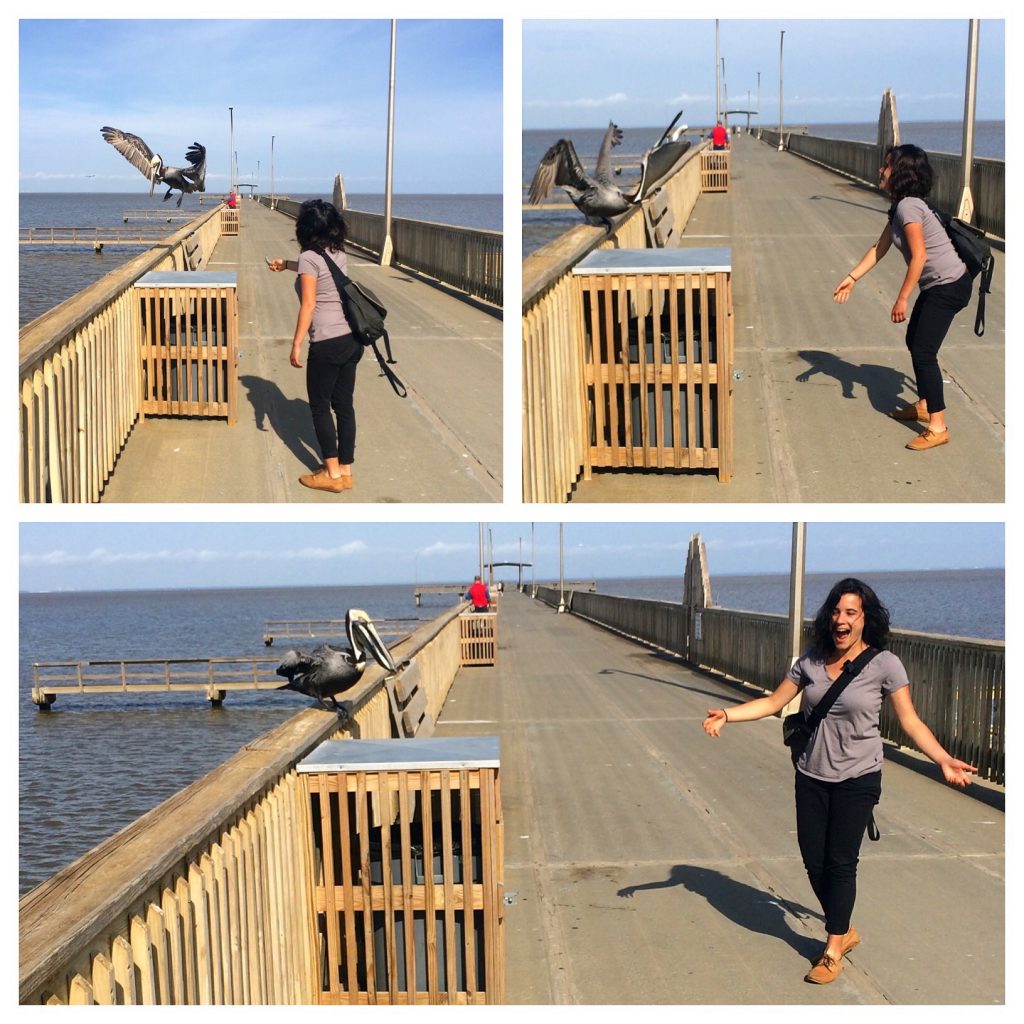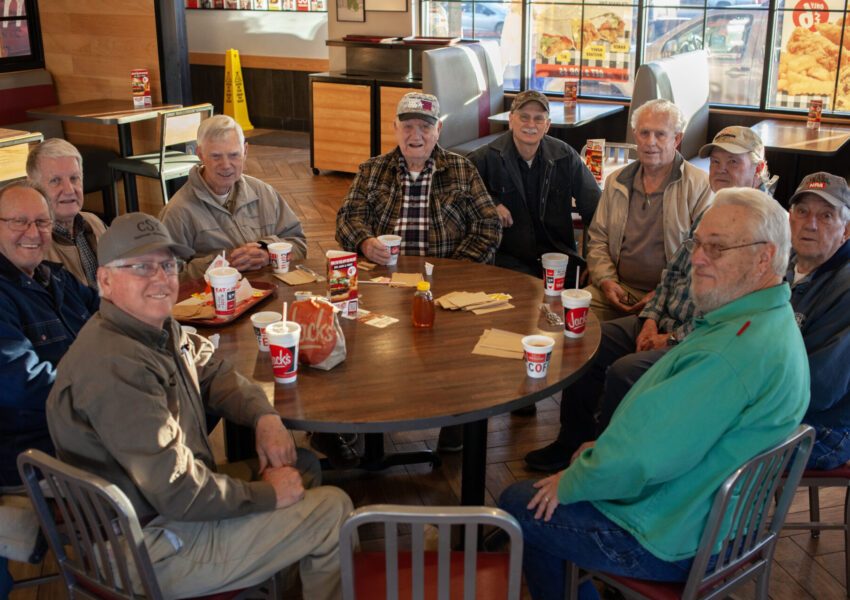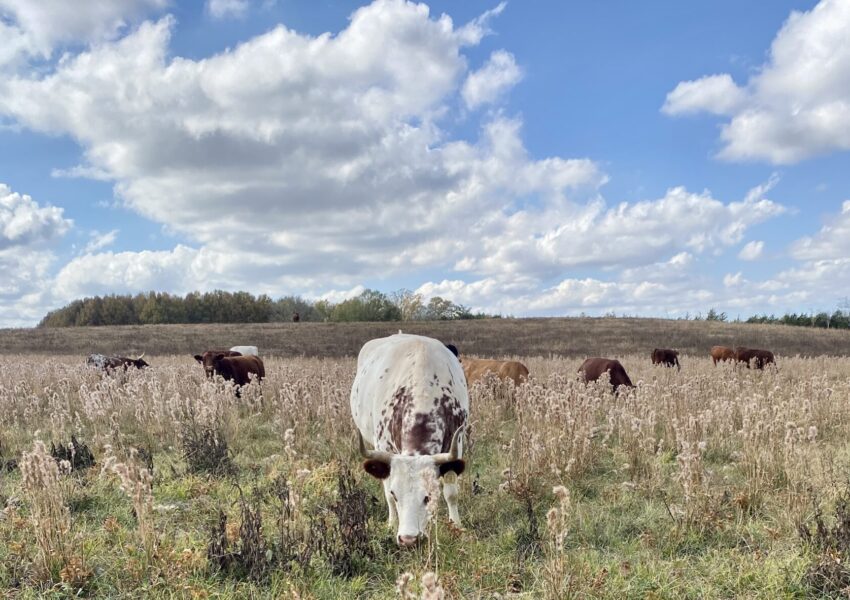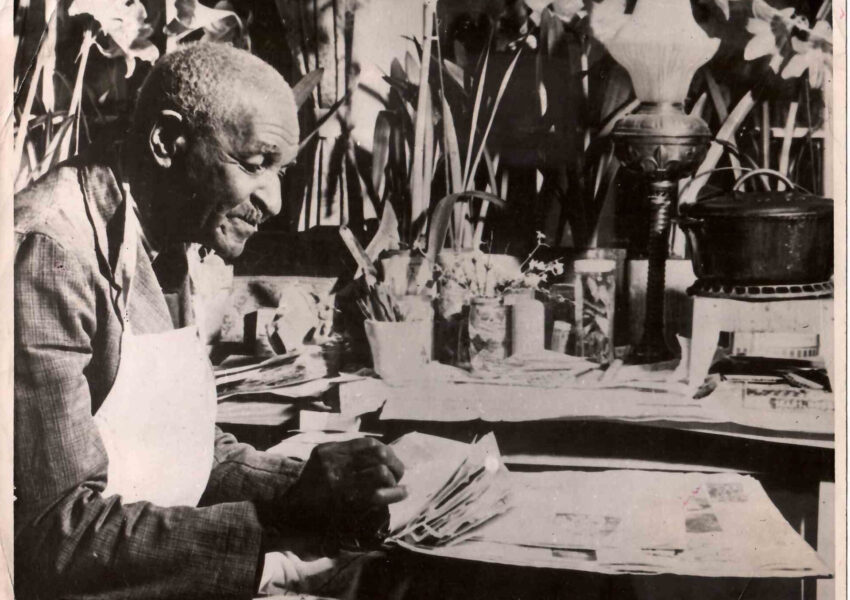Imagine crabs, fish, eels—a whole team of sea creatures—rushing towards the shore, and then sitting there, as if waiting to be caught. This isn’t some fisherman’s daydream. It really happens in Alabama’s Mobile Bay. In this episode of Gravy, we tell the story of the Jubilee, a rare natural phenomenon that provides local residents with a bounty of seafood.
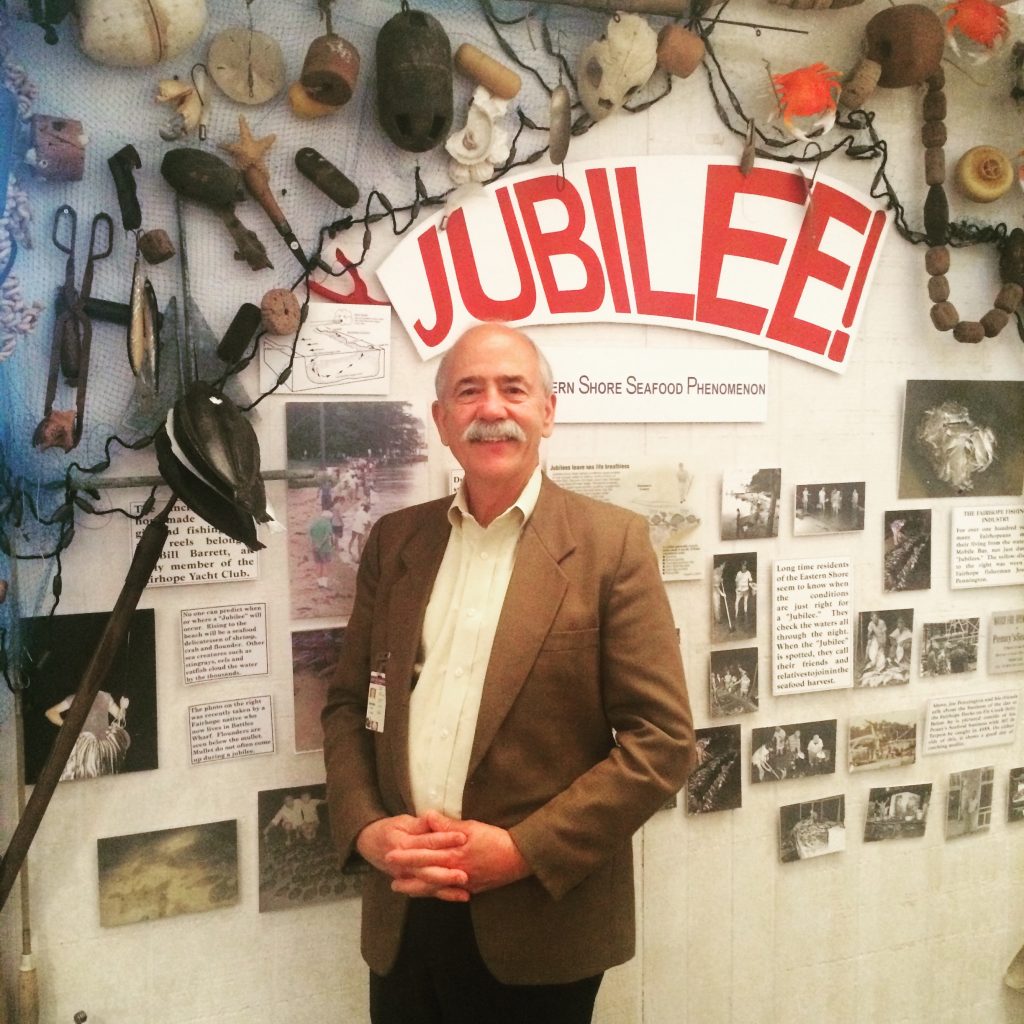
If you happen to live in or near the Eastern shore of Mobile Bay, you can find an exhibit on Jubilees at the Fairhope, Alabama Museum of History. (Fairhope is a fascinating place in its own right. It’s a Single Tax Colony, founded by socialists in the 1890s. That means that the community still owns much of the property in the town, and individual residents lease land from the town.)
Taking photos of Jubilees is notoriously difficult because they usually happen at night. But, according to Fairhope Museum’s Donnie Barrett, one fellow set up some light booms, and managed to capture some of a Jubilee in action. Here’s a photo of one of his photos:
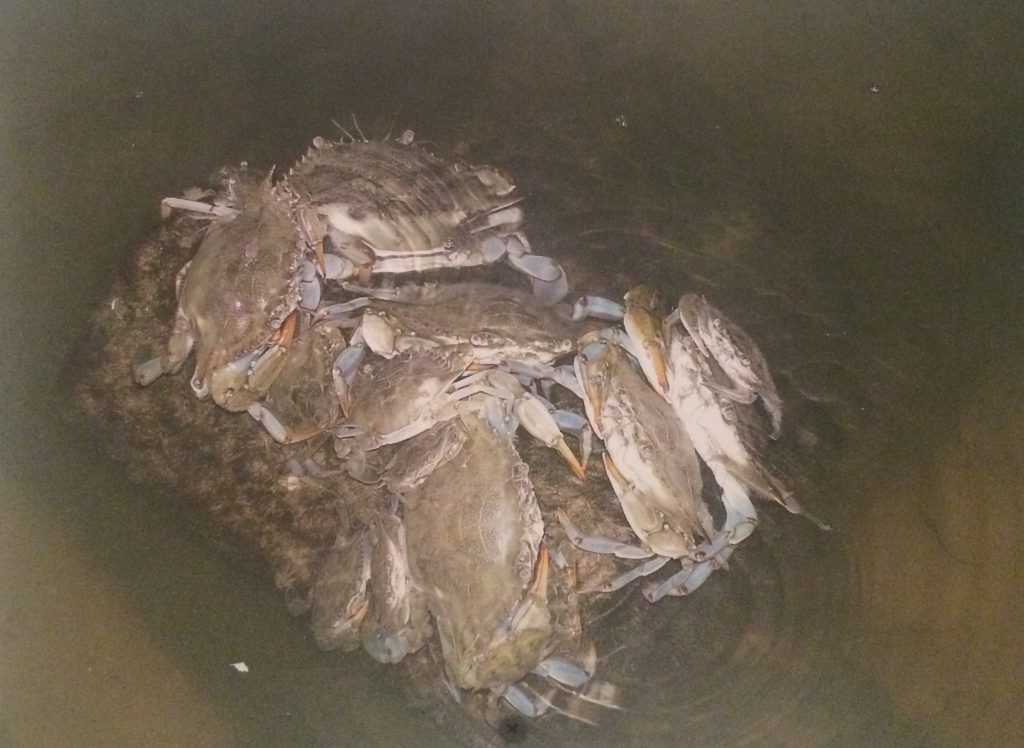
You can download a flyer that Auburn University Marine Extension & Research Center produced on Jubilees here.
The National Oceanic and Atmospheric Administration (NOAA) put together this worksheet on Jubilees.
The Dauphin Island Sea Lab keeps track of the weather conditions in Mobile Bay– which may be helpful, if you’re trying to track whether a Jubilee is going to happen or not. You can find their environmental monitoring data here.
